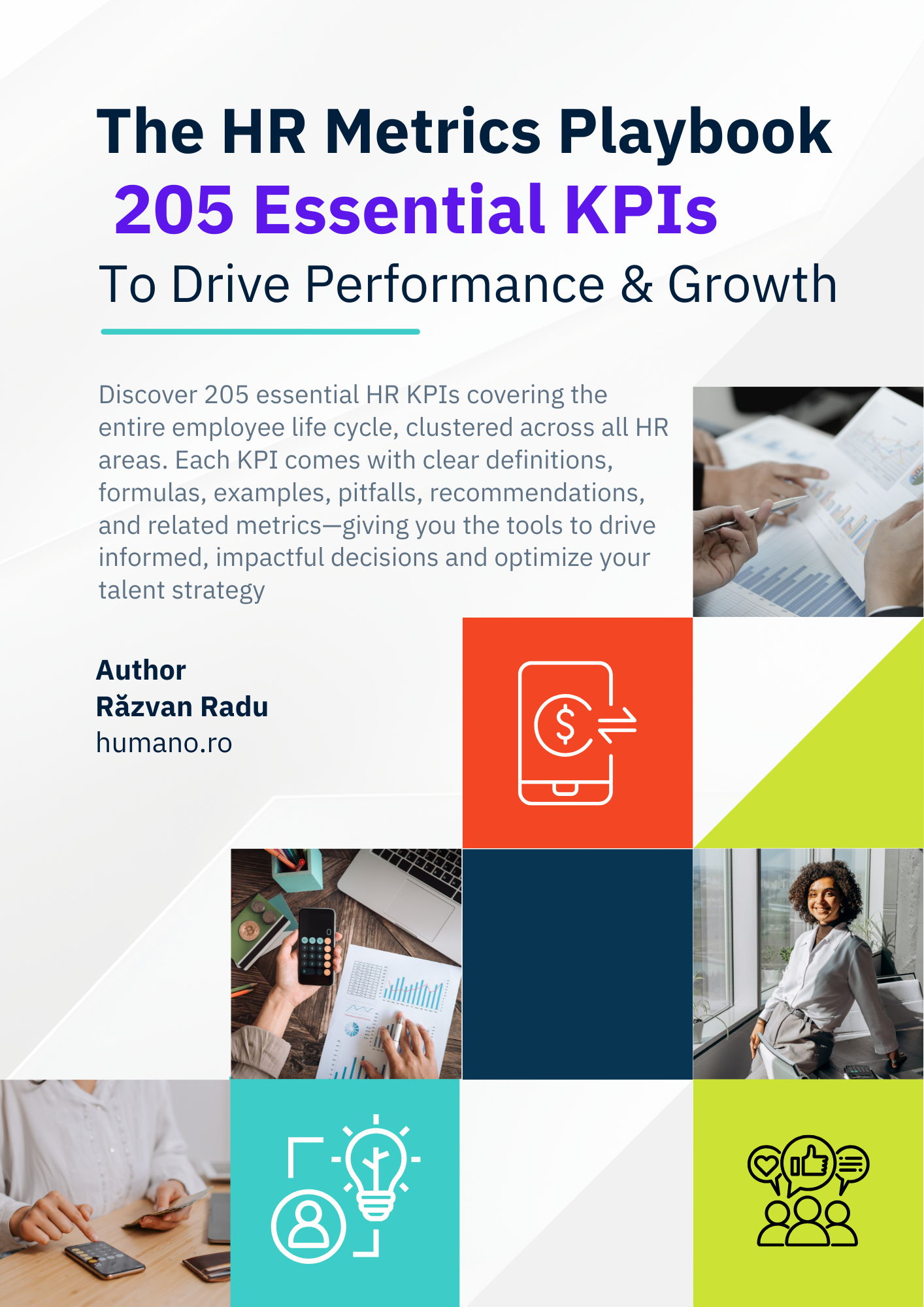How do we compare salaries internally and externally?
Such a good question.
To make a comparison of an employee’s salary package we need to use the Comparative Ratio formula. This metric is very common and you will find it in the Comp & Ben literature under different names like: Compa Ratio, Comparative Index or CR.
CR is the ratio between the value of a salary aggregate received by an employee and its corresponding value for comparison. It is calculated in two contexts:
- Internal Equity – the value is benchmarked with the level internal median or the level midpoint
- External competitiveness – the value is compared with the reference values from the chosen salary survey
Individual Compa Ratio = Cashed Value of chosen salary element / Benchmark value
The result is usually expressed as a percentage.
For example:
Let’s make a comparison on Fixed Pay for a random John Doe employee.
John Doe’s Fixed Pay = 12.000 gross anually
Internal equity CR:
The value cashed by John is clear. But what is the reference value in his case?
To calculate the benchmark value for internal equity we need to calculate the Fixed Pay for each employee that is considered to occupy a job similar to John’s. On these values we need to calculate the median. The benchmark value will be the median.
Let’s say that John has another 29 colleagues with jobs evaluated as being similar and on the same reference level. To calculate the median we will take all the 30 Fixed Pay amounts of all employees included in the reference level (John included) and we will calculate the median value.
For the exercise sake let’s say the internal median is: 10.000
John’s Internal Equity CR = 12.000 / 10.000 = 1.2 = 120%
We can say that John is Payed on average with 20% more than his colleagues.
External competitiveness CR:
To be able to calculate this value we need a salary survey from where to extract the benchmark value. Also, we need to map the jobs within our company on the salary survey supplier methodology.
When we have all these, we are faced with the decision: What value from the survey should we use for our comparison? (Quartile, Decile, Median etc.)
The benchmark value is a business decision guided by the financial power a company has. If it’s the first time you are making a comparison than our recommendation is to use the median.
Moving on with our example let’s say that the median for John’s position in the salary survey is: 16.000.
John’s External Competitiveness CR = 12.000 / 16.000 = 0.75 = 75%
The individual CR is the base for compensation analysis.
In addition, you can calculate two other CR values:
- Group CR
- Average CR
Group CR
Calculated with the formula:
Group CR = Sum of cashed values of the people in the group / sum of their reference values
This metric can be calculated at company level or other distinct groups of employees which can be part of different reference levels, departments, functions etc.
The Group CR calculated on the entire organization will help us understand how well we have implemented our Comp & Ben policy.
Average CR
Calculate with the formula:
Average CR = sum of individual CR of each employee in the group / number of employees in the group
Individual CRs can be influenced by different factors like:
- Tenure within the organisation
- Tenure within the position
- Individual performance
- Skills & qualifications
- Industry
- Department
- Niche
- Market abnormalities
It’s very important to compare salaries both internally and externally. This is the only way you can have the full picture. As you can observe in our example the John’s internal equity CR can make us conclude to say he is well payed. This changes when we calculate the external competitiveness CR.
Usually, in compensation & benefits analysis finding the best way to pay our employees means iterative calculations in order to accommodate all the constraints that we have. The good news is that all these calculations can be easily automated. Check here how we can help you on this.

